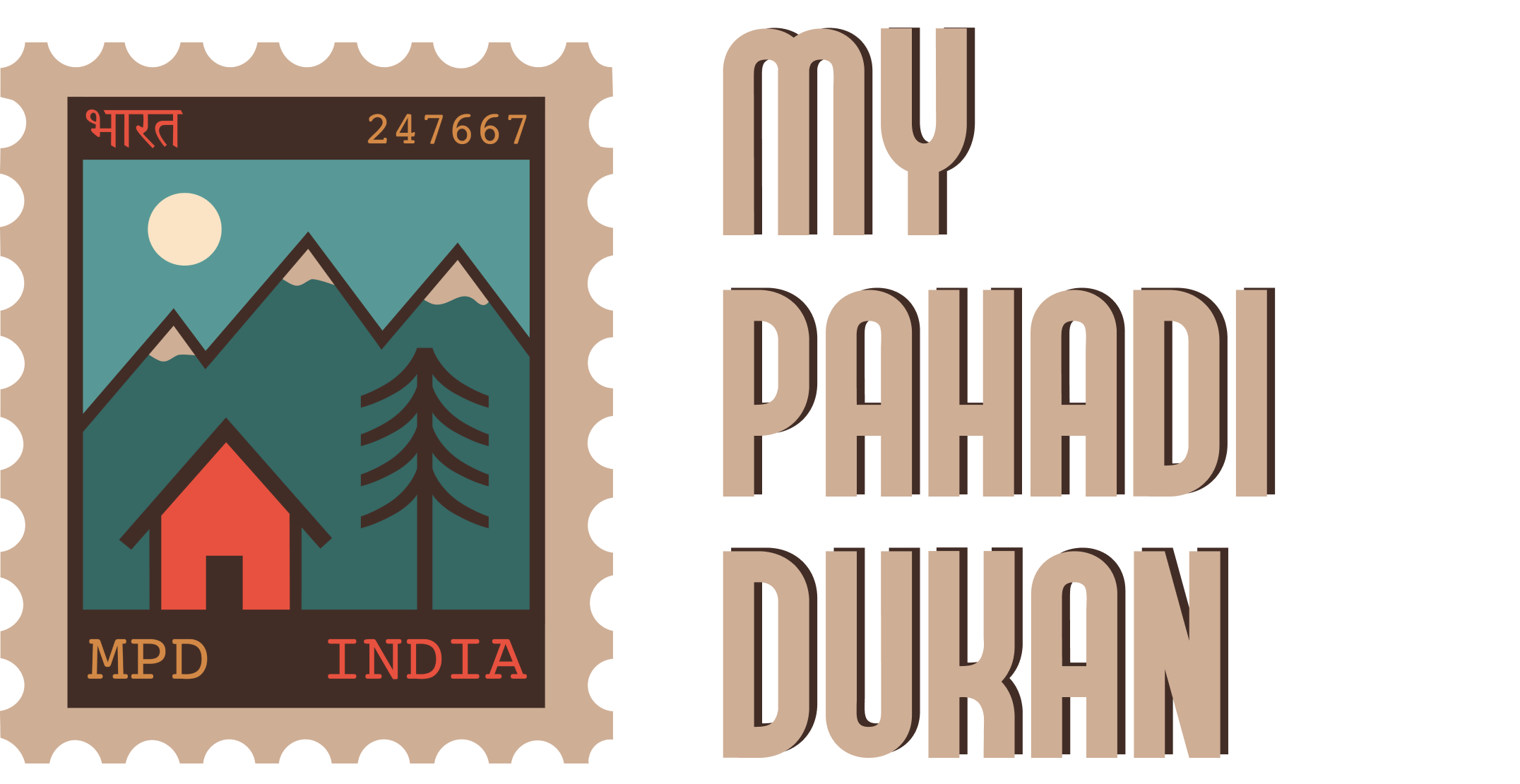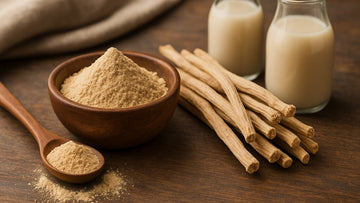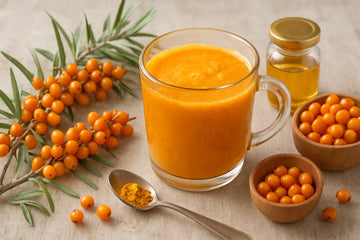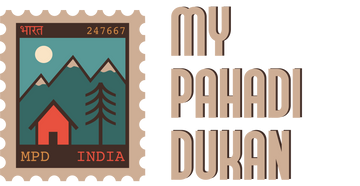Saffron (Kesar) is widely regarded as the world’s most expensive spice, with prices that can reach up to $20/g (~1700 INR). It is a sought-after culinary ingredient. Saffron is also used in skin-care routines. For health-conscious individuals seeking natural ingredients to improve their wellness routines, the cost of saffron may raise eyebrows. So, what is saffron, and why is saffron so expensive?
The answer lies in the saffron plant’s laborious cultivation. Its fragile harvesting and limited blooming season. Let’s look at the factors that make saffron so valuable. And why it's still worth adding to your pantry!

What Is Saffron?
Saffron comes from the stigmas of the Crocus sativus flower, also called the saffron crocus or saffron flower. It is a purple bloom that is part of the iris family. It produces just three red stigmas per flower, known as saffron threads. These threads are harvested, dried and sold as the saffron spice we recognise.
Unlike most herbs and spices that grow on trees or shrubs, the saffron plant grows from a bulb-like structure called a corm. There’s no “kesar tree,” despite the term "kesar" often being used interchangeably with saffron in India.
Native to Southwest Asia, the saffron flower field thrives in semi-arid climates. Where full sun and well-drained soil exist. India, Iran, Afghanistan, Morocco, and Greece are among the main producers. Even then, Indian saffron from Kashmir enjoys a reputation for high quality and bold aroma.
Why Saffron Is So Expensive
There’s no mystery in why kesar is so expensive—the cost is a direct result of how saffron is made.
Saffron has a rich history dating back to ancient times. The Greeks and Romans once used it as a perfume, and it was recorded in Chinese medicine texts as early as the 1550s. Today, saffron is prized not only as a vibrant cooking spice but also as a natural dye. It’s a key ingredient in many traditional dishes across the world, including French bouillabaisse, Spanish paella, and Moroccan tagines. But what truly sets saffron apart—beyond its flavor and color—is its price. This spice is incredibly expensive because harvesting it is both delicate and labor-intensive. Only a tiny part of each flower is used, and every thread must be picked by hand.
1. Labour-Intensive Harvesting
Each saffron flower produces only three delicate threads, which are part of the plant’s female reproductive system—the pistil. These stigmata are removed by hand and dried to form the saffron threads we use. Since only a tiny portion of the flower is usable, it takes around 75,000 saffron flowers to produce a single pound of the spice. To collect just one gram of saffron, over 150 flowers must be hand-harvested.
The whole process is done entirely by hand. Farmers rise before dawn to pick the flowers while they're still closed to prevent sun damage. Then, each bloom is gently opened. The saffron threads are pulled out by hand, one kesar flower at a time.
Machines can’t handle the kind of work. It takes a trained human touch to remove the threads without damaging them.
2. Short Harvest Season
Saffron flowers only bloom for a few weeks in autumn, usually between late October and early November. The short window limits how much saffron can be produced annually. If the timing isn’t right, or if weather conditions are unfavourable, entire yields can be lost.
3. Fragility and Processing
Once harvested, saffron threads must be dried immediately to preserve their flavour and colour. It is done by carefully sun-drying or using controlled heat. The threads are whisper-thin and prone to degradation from moisture, heat, and sunlight. So storage and handling demand precision.
4. High Demand for a Small Supply
The demand for kesar far outweighs the amount that can be produced, especially for top-grade strands. Since saffron threads can’t be grown or harvested quickly, producers can’t simply scale up to meet global interest.
Real Saffron vs. Fake Saffron
Due to its high price, fake or adulterated saffron is common in the market. Some sellers mix real saffron with lookalikes such as safflower petals or colored corn silk to cut costs.
Then, how to identify the original Saffron?
- Price: Real saffron is expensive. Anything far below the market rate likely contains fillers.
- Colour: Genuine saffron threads are deep red, sometimes with a trace of yellow. If you see bright yellow or white strands, be suspicious.
- Smell: Authentic saffron has a sweet, earthy, floral aroma. Fake saffron can smell metallic or dull over time.
- Water Test: Place a few threads in warm water. Real saffron slowly releases a golden hue over 5–10 minutes while the threads retain their red colour. If the water instantly turns red or the threads lose colour, it’s likely fake.
What Does Saffron Taste Like?
Saffron’s taste is subtle, slightly sweet, floral, and earthy all at once. Some describe it as having hints of hay or honey. Just a pinch can elevate both savoury and sweet dishes. Hence, it is a prized ingredient in cuisines around the world.
Saffron is a defining ingredient in various European and North African cuisines. It gives bouillabaisse in France its rich aroma, defines paella in Spain with its golden hue, and adds warmth to Moroccan tagines.
From Indian biryanis and Iranian tahdig to Italian risotto and Spanish paella, saffron’s flavour profile is unmistakable.
Its flavour also shines in Indian desserts—explore Kesar Sweets to see how it's used in Indian recipes.
How to Use Saffron
Don’t let the price deter you—only a small amount is needed to flavour most recipes.
The best way to use saffron is to bloom it. Lightly crush the threads using a mortar and pestle with a pinch of salt. Add a few tablespoons of warm water or broth and let it steep for at least five minutes. It draws out its aroma and golden pigment.
Now you can add the saffron infusion to your dish during cooking to unlock its full potential.
For better quality control, always buy saffron threads instead of powder. Pre-ground saffron is more prone to adulteration and oxidation.
If you're exploring other powerful natural substances, don’t miss our guide on how to Consume Shilajit for Maximum Health Benefits.
Storing Saffron Properly
- Store it in an airtight glass jar.
- Keep the jar in a cool, dark place—away from light, moisture, and heat.
- For long-term storage, place it in the freezer.
Proper storage ensures the kesar retains its aroma, taste, and colour for months, even years.
Final Thoughts
Why is Saffron so expensive? We have just seen. However, saffron’s high price is justified by the effort, care, and time required to produce it. Its health benefits, unmatched aroma, and culinary versatility make saffron a worthy addition to any natural wellness toolkit.
When buying saffron, invest in quality from trusted sources and use it thoughtfully. In return, you’ll enjoy one of nature’s rarest and most powerful kesar flavours—one golden strand at a time.










